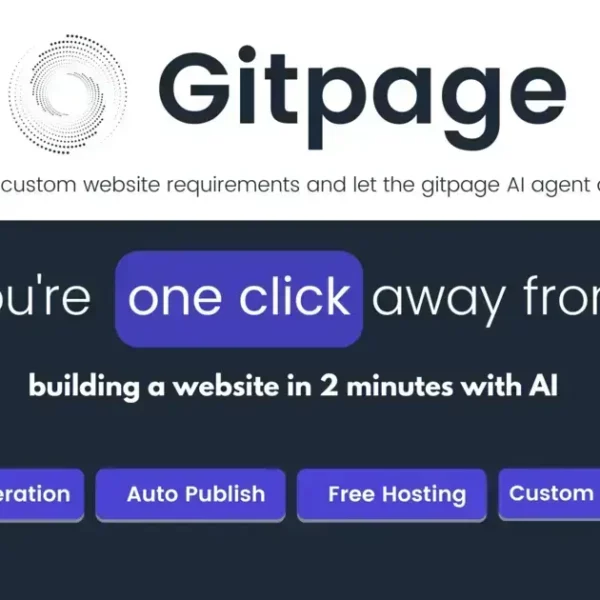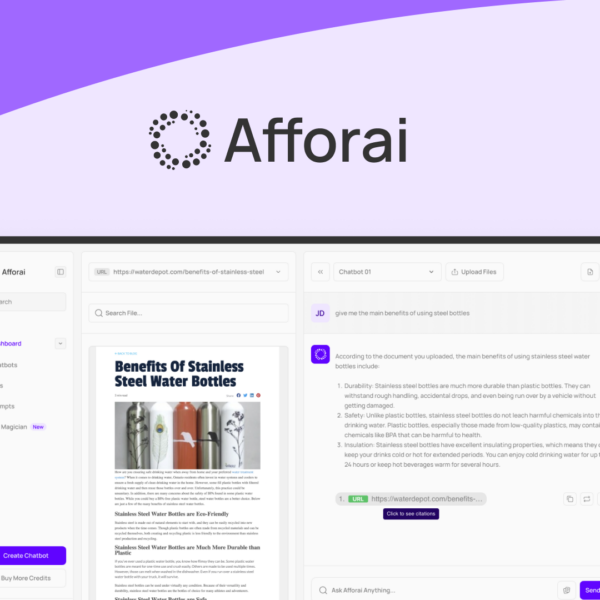High level marketing software is an integrated solution that enhances marketing efficiency through automation, data management, and customer engagement tools. It is essential for businesses looking to streamline their marketing efforts and achieve greater results from their strategies.
High level marketing software is transforming the way businesses approach their marketing strategies. By providing robust tools and functionalities, these software solutions help companies effectively reach their target audiences, automate processes, and enhance customer engagement.
What is High Level Marketing Software?
High level marketing software refers to advanced tools and platforms designed to enhance marketing efforts for businesses of all sizes. These software solutions integrate various marketing functionalities into one user-friendly interface, allowing marketers to manage their campaigns more effectively.
Definition and Purpose
The primary purpose of high level marketing software is to automate and streamline marketing processes such as email marketing, social media management, customer relationship management (CRM), and analytics. By consolidating these functions, businesses can save time, reduce errors, and enhance overall productivity.
Key Components
Most high level marketing software comes equipped with essential components including:
- Email Automation: Enable businesses to send targeted email campaigns automatically based on user behavior.
- Social Media Management: Streamlines posting, engagement, and analytics across various social media platforms.
- CRM Integration: Helps businesses maintain relationships with customers by tracking interactions and purchases.
- Analytics and Reporting: Provides valuable insights into marketing performance, helping teams make informed decisions.
Who Can Benefit?
High level marketing software is beneficial for businesses looking to enhance their marketing strategies without overwhelming their teams. Whether you are a small startup or a large corporation, having an integrated approach to marketing can significantly improve engagement and conversions.
Examples of High Level Marketing Software
Some popular examples of high level marketing software include HubSpot, Marketo, and Salesforce. These tools are known for their powerful features and user-friendly interfaces, making them ideal choices for marketers seeking to improve their marketing efforts.
Key Features of High Level Marketing Software

High level marketing software is equipped with a variety of features that help businesses optimize their marketing strategies. Understanding these key features is crucial in selecting the right tool for your needs.
Comprehensive Analytics
Analytics is one of the standout features of high level marketing software. It provides insights into customer behavior and marketing performance, allowing businesses to make informed decisions based on real data.
Email Marketing Automation
Automating email marketing campaigns is essential for efficiently reaching customers. This feature allows businesses to schedule messages, segment lists, and personalize content, which can lead to improved engagement rates.
Landing Page Creation
High level marketing software often includes landing page builders. These tools enable users to create optimized pages for specific campaigns without needing extensive web design skills, increasing conversion rates.
Integrations with Other Tools
Integration capabilities with other software such as CRM systems, e-commerce platforms, and social media are vital. This ensures a seamless flow of information and improved collaboration across different marketing channels.
Lead Management and Nurturing
Lead management features help track potential customers through the sales funnel. Businesses can use this capability to nurture leads by sending timely information and offers based on their interactions.
Benefits of Using High Level Marketing Software
Using high level marketing software provides numerous advantages that can greatly enhance a business’s marketing efforts. Understanding these benefits is vital for businesses looking to improve their marketing strategies.
Increased Efficiency
Efficiency is one of the most significant benefits. By automating repetitive tasks such as email campaigns and social media postings, teams can focus on more strategic initiatives, ultimately saving time and resources.
Enhanced Data Management
High level marketing software helps businesses manage data more effectively. With centralized platforms, companies can easily track customer interactions, segment audiences, and analyze behaviors to tailor their marketing strategies.
Improved Customer Engagement
The software fosters better customer engagement through personalized marketing. It allows businesses to send targeted messages based on user preferences and behaviors, boosting the chances of conversion.
Scalability
As a business grows, its marketing needs evolve. High level marketing software is designed to be scalable, allowing companies to add features or increase usage without needing a complete overhaul of their systems.
Cost-Effective Solutions
Investing in this type of software can be cost-effective in the long run. By consolidating multiple marketing tools into one platform, businesses can reduce costs related to subscription fees and training on various systems.
How to Choose the Right High Level Marketing Software

Selecting the right high level marketing software is crucial for maximizing your marketing efforts. Several key factors should guide your decision-making process.
Assess Your Business Needs
Before choosing software, it is important to assess your business needs. Evaluate your current marketing strategies and determine what functions you require, such as email automation, CRM capabilities, or social media management.
Consider User Experience
The user interface (UI) is a critical consideration. Look for software that is easy to navigate, has a clean layout, and offers effective customer support. A straightforward UI reduces the learning curve and helps your team adapt quickly.
Check Integration Options
Ensure that the software integrates seamlessly with your existing tools and platforms. This includes CRM systems, e-commerce solutions, and other marketing tools. Compatibility improves data flow and overall efficiency.
Evaluate Scalability
Choose a software that can scale with your business. As your marketing needs evolve, you want a system that can grow with you, providing more features and functionality without needing a complete overhaul.
Read Reviews and Testimonials
Researching user reviews and testimonials can provide valuable insights into the performance of the software. Look for feedback on usability, customer support, and the effectiveness of the features offered.
Best High Level Marketing Software Tools Available
When evaluating high level marketing software, it’s essential to consider some of the best tools available on the market. Each tool offers unique features that cater to different business needs.
1. HubSpot
HubSpot is one of the most well-known marketing platforms. It provides a comprehensive suite of tools for email marketing, lead generation, and content management. Its user-friendly interface and extensive resources make it a top choice for many businesses.
2. Marketo
Marketo specializes in marketing automation. It helps businesses create personalized marketing campaigns and manage leads efficiently. Marketo is particularly suitable for larger companies with advanced marketing needs.
3. Salesforce Marketing Cloud
Salesforce Marketing Cloud integrates well with other Salesforce products. It focuses on providing a 360-degree view of customer interactions, making it ideal for companies wanting to enhance customer engagement.
4. ActiveCampaign
ActiveCampaign offers powerful email marketing and automation features. It is an excellent choice for small to medium-sized businesses looking to improve their email outreach and customer relationship management.
5. Mailchimp
Mailchimp is known for its simplicity and effectiveness. It’s a great starting point for small businesses looking to venture into email marketing. With user-friendly templates and analytics, users can easily create and monitor campaigns.
In Summary: Maximizing Your Marketing Potential
Choosing the right high level marketing software can greatly enhance your business’s marketing strategies. With tools like HubSpot, Marketo, and ActiveCampaign, companies can automate tasks, improve customer engagement, and streamline processes.
By understanding the features and benefits of these tools, you can make an informed choice that aligns with your business needs. Remember to assess your current strategies and consider scalability and integration options.
Ultimately, investing in high level marketing software is a step toward achieving greater marketing success and driving growth.
FAQ – Frequently Asked Questions about High Level Marketing Software
What is high level marketing software?
High level marketing software is an integrated tool that helps businesses automate and optimize their marketing efforts, covering tasks like email marketing, social media management, and analytics.
What are the key benefits of using this software?
Key benefits include increased efficiency, enhanced data management, improved customer engagement, scalability, and cost-effective solutions for marketing needs.
How do I choose the right software for my business?
Assess your business needs, consider user experience, check integration options with other tools, evaluate scalability, and read user reviews for better insight.
Can small businesses afford high level marketing software?
Yes, many high level marketing software options are designed to be affordable and scalable, making them suitable for small businesses.
What are some examples of high level marketing software tools?
Some popular examples include HubSpot, Marketo, Salesforce Marketing Cloud, ActiveCampaign, and Mailchimp.
How can this software improve customer engagement?
It allows for personalized communication through targeted messaging and automated responses, enhancing the overall customer experience and increasing conversion rates.




